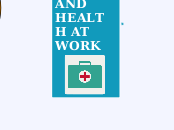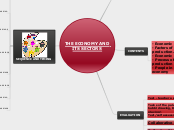realizată de Group 1 15 ani în urmă
804
New York
New York City faces significant economic challenges and must adopt a new strategy to ensure its financial stability. Historically dependent on Wall Street, which once accounted for a substantial portion of the city'









